Horses in Ecuador: Ownership, Wild Herds, Homemade Saddles
In this post, you’ll learn about horses in Ecuador. We cover wild horses from Southern Ecuador, horse care, and what you need to know about owning horses in Ecuador.
To begin, we have a section by Christina Ring, an expat living in Otavalo Ecuador with her family. Christina and her family were profiled a few months ago. They run 4Volcanoes Lodge in Otavalo.
Guide to Owning Horses in Ecuador
We came to Ecuador in part because we love horses! It’s so much easier to have them in a country where they can be out grazing all 365 days of the year.
We love the openness of the land for riding, there are no set trails and no highways to cross.
We live in this country with horses for more than 8 years now, and had it all. Our first horses where “prestados” – given by a friend of a friend.
I was thrilled by this option! Later I learned that this guy smelled his chance to put a herd of starving horses back to shape without any cost and sell them.
But others came…
Those three first years I was in heaven, getting horses for free from everywhere, raising foals and dreaming about a breeding farm.
But if you don’t own a hacienda, it’s easy to stock up on horses and end up without food eventually. We learned this lesson the hard way, at a point where I had 7 horses (rescued, donated, and born). Our current job came to an unexpected end and we had to move to our next station.
All of a sudden we were dealing with 2 acres of dry land instead of 40 acres of lush pasture! Feeding the horses of course killed our budget and we had to downsize significantly. Now I was sad that we didn’t have the option of boarding at least one horse in a nice barn nearby!
I have been asked quite a few times if I could help others import their horses, recommend a boarding barn, a farrier, and so on.
Should I Bring My Horse to Ecuador?
To be honest, I do not recommend bringing a horse here, unless you are building a facility yourself and need your precious breeding stallion.
I personally also strongly dislike the very expensive clubs in Quito – the horses there are not well taken care of.
For the ordinary trail rider in the countryside I’d recommend settling down, ask around, find a hacienda you trust, buy a horse there and keep it there – or build a safe paddock on your grounds.
You can not rent a field next door. The horse will disappear soon.
Why Local Horses are Best in Ecuador
Local horses are adapted to the food, altitude, trail patterns, and climate. Ecuadorian horses are used to being shoed cold, eating Kikuyo grass with a mineral supplement, and to traveling on open trucks.
You will insist on a real farrier, a real trailer, and real horse food for your baby. Don’t. Unless you want to spend a ton of money. So many horses here are waiting for a loving owner.
In 2005 I got access to horse heaven with my job at Hacienda Zuleta.
The Hacienda has over 100 horses, most of them a beautiful cross breed of Andalusian and Quarter horse.
I was in charge of two herds of 59 heads total that lived happily on dozens of pastures of 20+ acre size. If you can afford it, the horseback riding at Hacienda Zuleta is outstanding and I have never seen horses of similar quality for rent in this country.
Read more about taking an Otavalo tour.
Over the years we introduced natural horsemanship methods at the Hacienda, set up plans for breeding, care, safety, and supplies with international standards, and did the most amazing rides to the paramo and surrounding valleys. My biggest childhood dreams came true!
Being located in a rural area and two hours from Quito there is one really big problem (even with money in the bank):
Biggest Challenge with Owning Horses in Ecuador
Veterinary care is just NOT AVAILABLE! Many people in rural areas are called “veterinario” or “doctor”, and even some experienced grooms will get that title. They know a lot about animals, they can give shots, deal with colic and birth and many are even capable of surgery for castration.
They master the common tasks, but have no knowledge whatsoever about other clinical pictures and – won’t tell you. The prescriptions I got for tying up, hoof care etc are hair-raising. Thanks to Google I can get a second opinion on anything.
Of course, there are the renowned Quito Equestrian Club vets, who will travel for big money and deal with “hacendado” horses.
They bring modern ultrasound machines to check gestation, they prescribe medication that must be ordered in the US and they treat the horses and the indigenous grooms with highly educated arrogance. On top of that, they are always busy, late and unreliable.
At Hacienda Zuleta I went through many different vets and hated them all. After 4 years I finally found a woman I liked, Dra. Cristina Saltos.
She knows natural remedies for many things, and went to the expensive treatment only if necessary. She knows her job, is kind and loving with the horses and she was available. That’s 2 years ago, and by now she’s very busy, but still highly recommendable.
Why You’ll Need to Know Basic Skills
As a horse owner in Ecuador, you should learn to do basic vet tasks. Deworming, hoof care, and shots in the muscle are very easy and you can buy the remedies without prescription.
Spend the $70+ per visit for a really good vet for diagnosing and group check-ups. Find a local, experienced horse handler for emergencies such as cuts, birthing, and colic. Ask around for his reputation. People will tell you if he knows his stuff or if he kills his patients.
Differences in Horse Care Standards
Most probably you will enter the horse people society sooner or later. I don’t know about general rules in the US, but here I had to adapt my German standards quite a bit:
- Horses lose a shoe on the trail, you should walk home slowly. NO! They can canter for another day on three shoes. We’d even start to ride with loose shoes.
- Everyone has his own, perfect-fitting tack. NO! Why’s that? There are two types of saddles. Wide ones and high ones. One of them will fit! And just grab a bridle from the big bunch over there.
- Only well-educated horses come on group rides and parades. Safety first. NO! It’s much more fun if you can impress others with rearing, galloping furies!
And it goes on! Those situations have nothing to do with money or education. We treat our horses differently back home. Help me teach people here, and adjust some of your ideals with time.
If you’ve read to here, you must be really interested in the topic and I hope I was able to share some insights. In my decade in this country, I owned a total of 16 different horses and met over 100. Now I have one beautiful and complicated rescued bullfighting horse for me, and a little countryside mare for my children. I’m happy to answer your questions and help plan your horse life in Ecuador! On my property 4Volcanoes Lodge near Otavalo, we do natural horsemanship the Resnick and Parelli way, we do therapeutic horsemanship and Horse Guided Empowerment (TM) with local children and rescue/ retrain other horses. Donations, students and visitors always welcome! Thanks for reading. May the horse be with you.
The Wild Horses of Southern Ecuador
When we moved to Ecuador I didn’t really think about seeing wild horses.
I thought I might see other wild animals like monkeys, but wild horses didn’t even enter my mind.
So when we saw them it was almost like seeing some strange animal I had never seen before. Not because I hadn’t seen horses, but because I had never seen wild horses.
Wild Horses in Ecuador
In Canada, Bryan’s grandfather had a beautiful farm with large gorgeous workhorses.
But wild horses are a different story. There is something even more special about them. Seeing these beautiful animals running free made me very happy.
We’ve seen them three times – in two different areas in southern Ecuador. We’ve read about wild horses on the coast and in the northern sierra as well.
The first time we saw them was in a dry desert-like area in the Yunguilla Valley. We’ve heard it called the Jubones Desert, although we aren’t sure of its actual name. They were walking along the top of a mountain ridge and we stopped in amazement, staring and taking pictures.
The second time was in a field above (at a higher elevation) the Jubones Desert. They crossed the road in front of us. This is the same herd as the first time we saw them.
The third time was in an area just below the Cajas National Park. It looked like the horses were so tired from walking that they didn’t have much energy left in them.
They were walking along the side of the road and didn’t make much of an effort to get our of our way. They walked in front of the car for a couple of minutes and then moved off into a field alongside the road. They looked rough but beautiful.
Variety in the Wild Horses
I was used to seeing horses behind a fence, usually of the same kind and well taken care of. The wild horses looked different.
Some of them had shaggy fur, different markings, and body shapes. Some were one solid color and others had patches, some had short faces and others had longer faces. We noticed that at least one of them had feet with the hoofs growing long and kind of curled.
The ones with shorter faces looked more like the kind of horses people use here for work and riding on mountain trails. The ones we saw near the Cajas where it’s colder had shaggier fur, whereas the ones in the warmer areas had shorter fur.
We love seeing the wild horses and the amazing landscape here in Ecuador. When we arrived in 2009, we didn’t think we would get a car but I’m so glad we did. Going on long drives with our friends is when we see some of the most amazing things.
What amazing things have you seen while traveling in Ecuador, or other countries? Please share your experiences by commenting on this post.
The next section was written by our daughter Drew, back in March 2014. The photos are hers.
Homemade Saddles and Cool Hairdos (Horses in Ecuador)
When we first moved to Ecuador we didn’t think we would ever get our license or own a car here, but things have a way of changing. We love the freedom of having our own wheels.
One of the things I love the most is going for long drives in the countryside.
The Sierra (which refers to land in the Andes Mountains) is beautiful! We see so much amazing scenery and some interesting animals. One of the animals we see the most is the workhorse.
A Horse With a Cool Hairdo
We saw this horse tied alongside the road close to a bus stop. When I saw his hairdo I could not resist getting out and taking some pictures. We never saw the owner, but I imagined it belonged to a young girl.
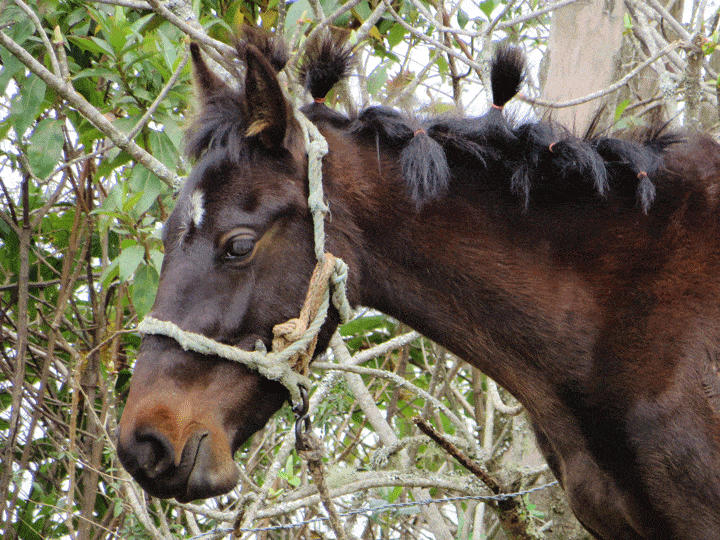
I’m not up on horse breeds but I can tell that this is one tough little horse. We often see them loaded up with sugarcane, firewood, milk cans, or huge bundles of grass.
An Interesting Homemade Saddle
I had never seen any kind of homemade saddle before coming to Ecuador, so I found these wooden saddles really interesting.
These are the most common saddles we see while driving in the countryside around the towns outside of Cuenca.
These little horses seem calm and gentle. Drew enjoyed feeding this one some of the long grass which was just out of his reach.
Sometimes we stop and have a chat with people while they are riding along, these small workhorses don’t often get worked up like some of the larger breeds we see. I’ve asked a number of people what their horse’s name is and it seems that the custom is not to name them. I often get a chuckle when I ask. 🙂
What interesting or different animals have you seen on your travels? Please share your experiences by commenting on this post.

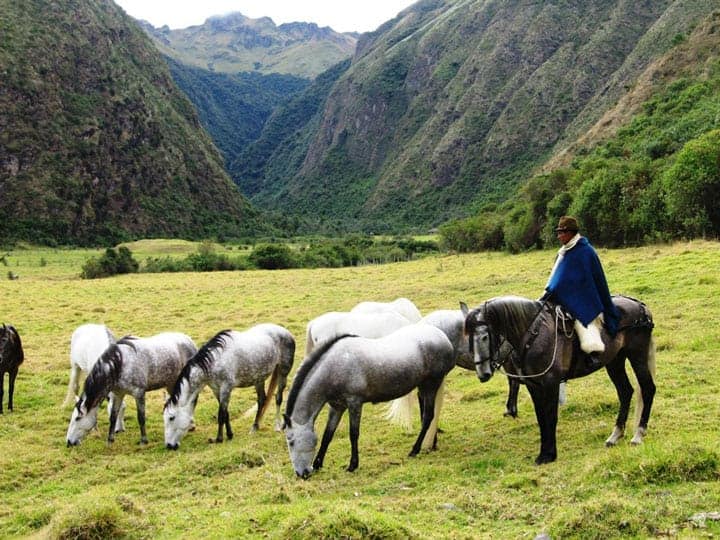
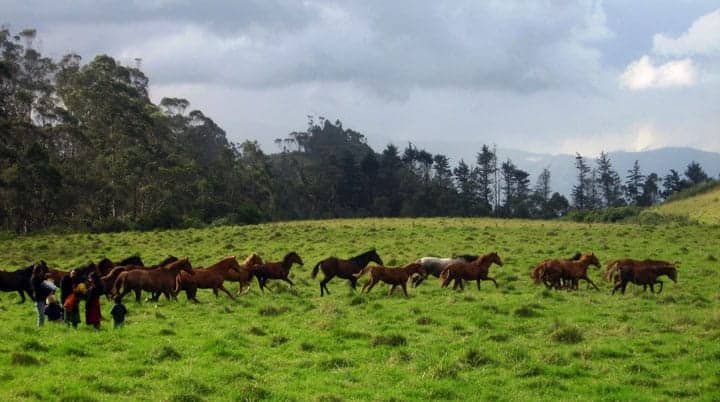
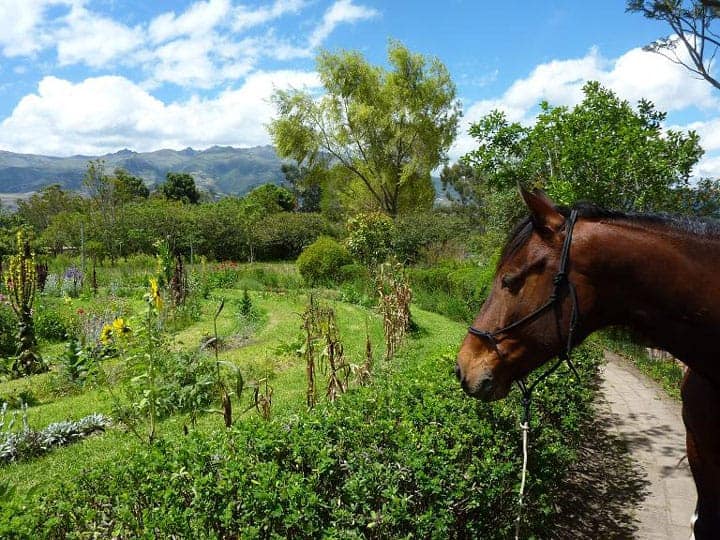
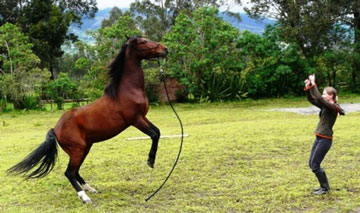
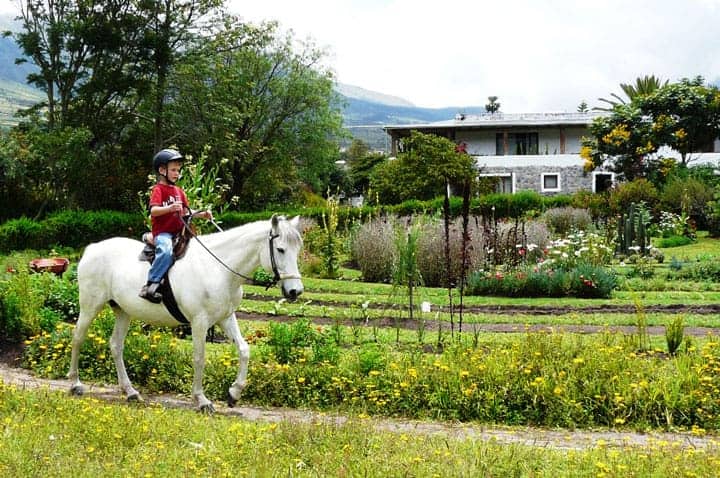
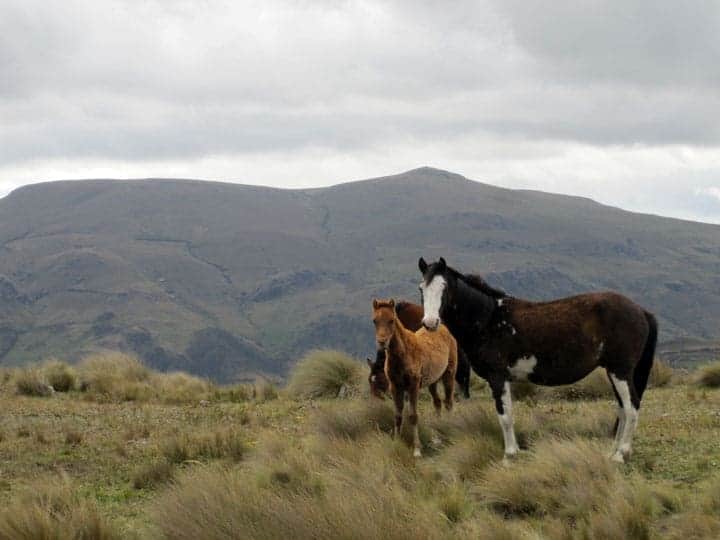
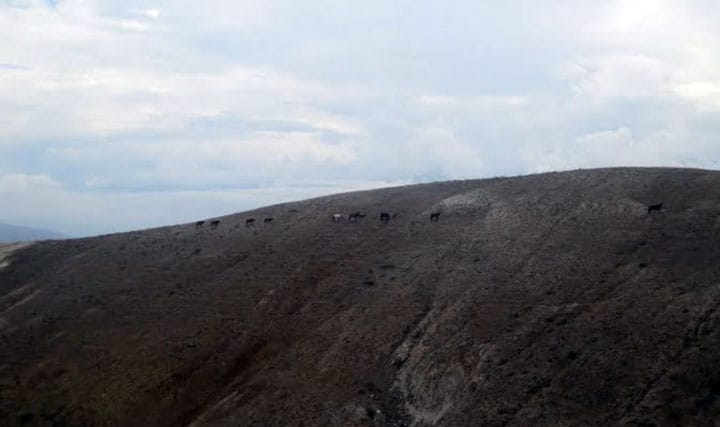
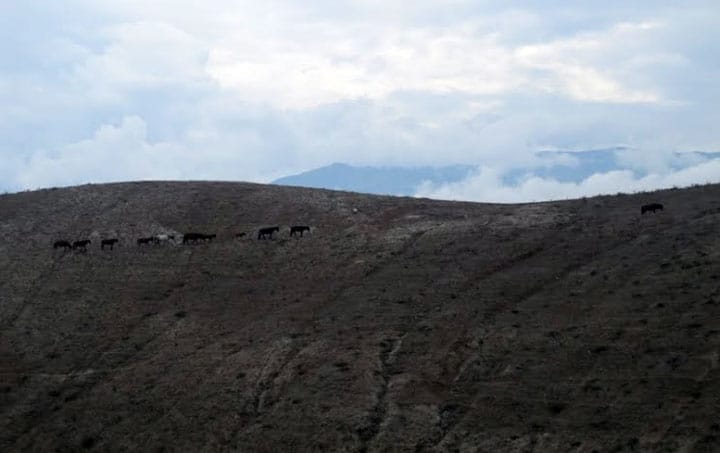
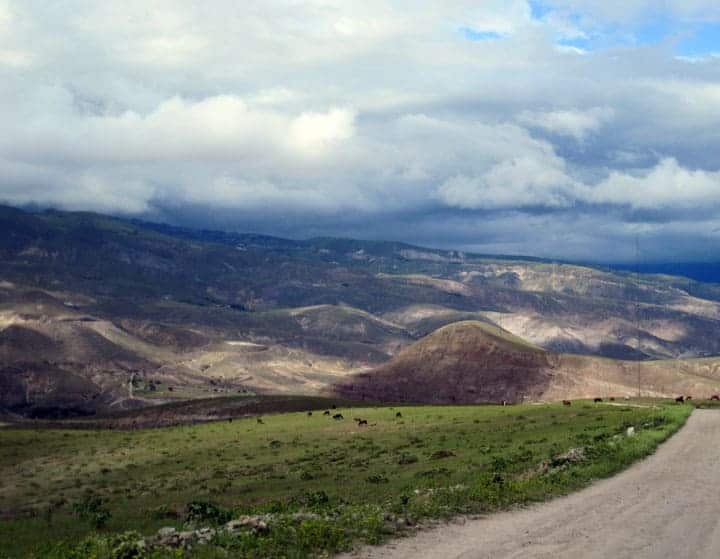
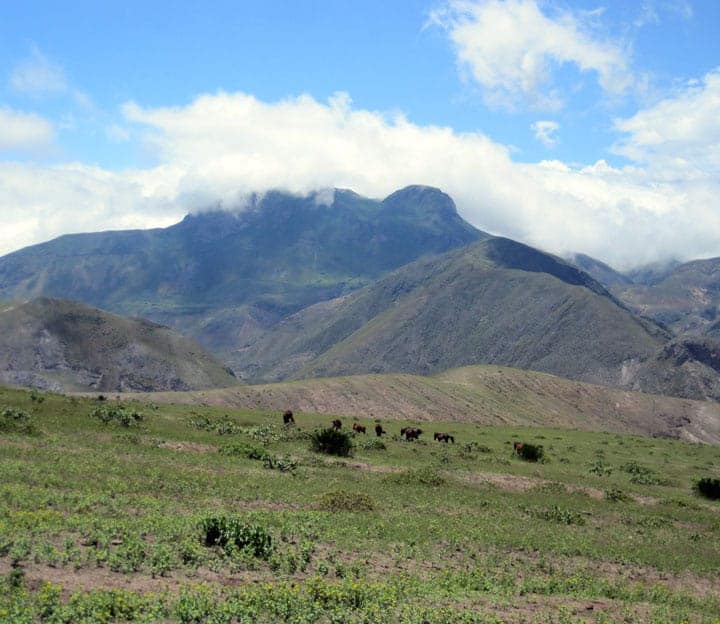
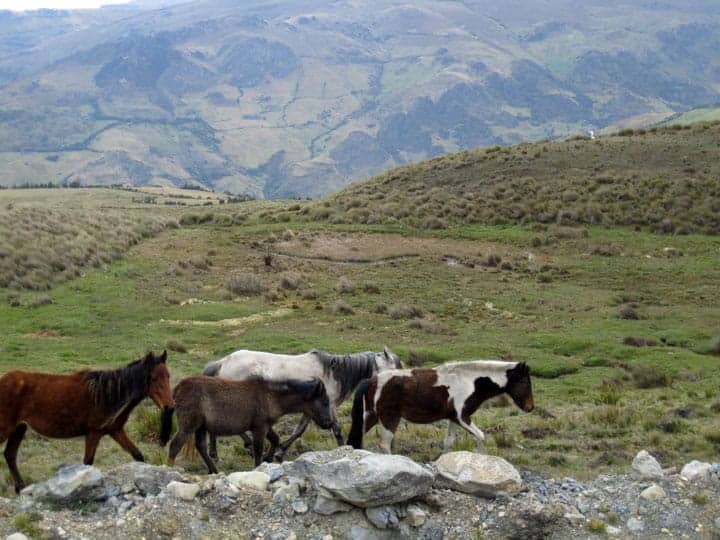
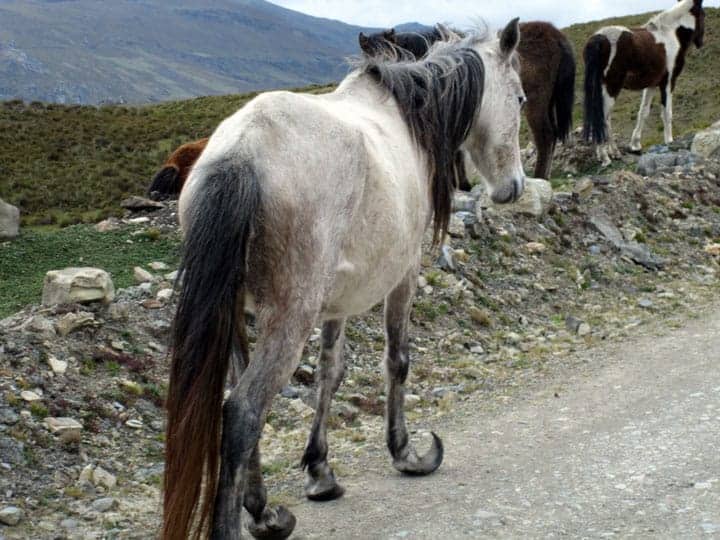
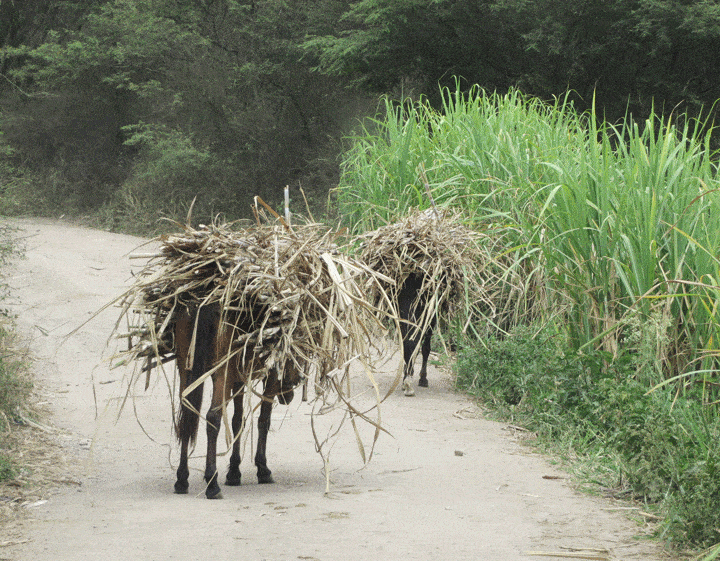
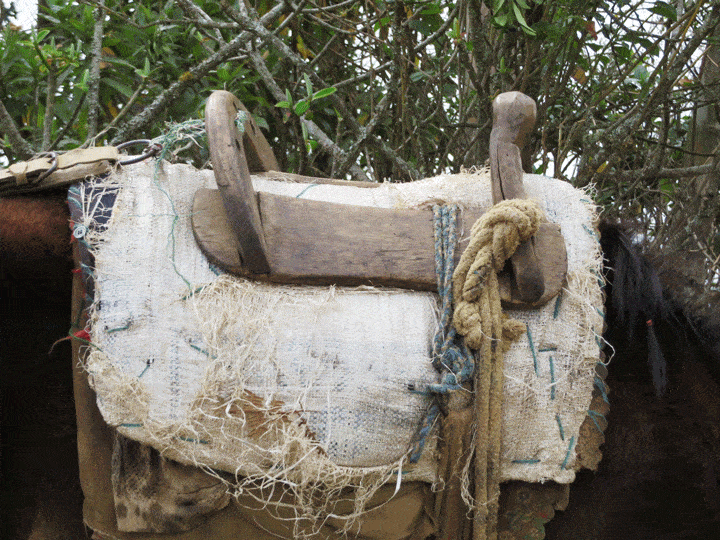
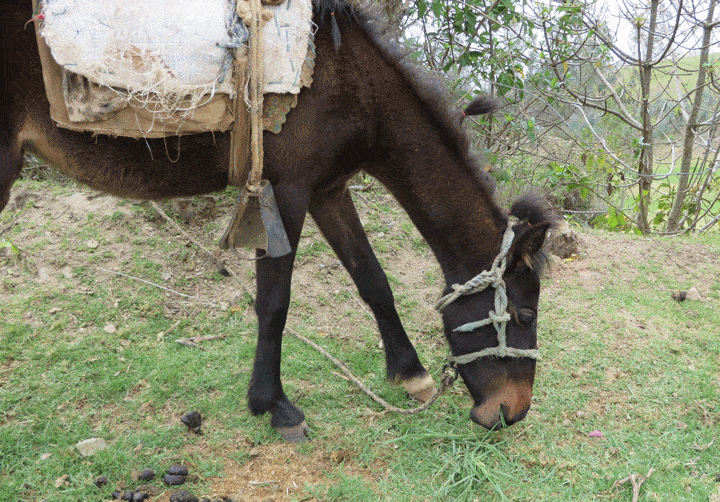
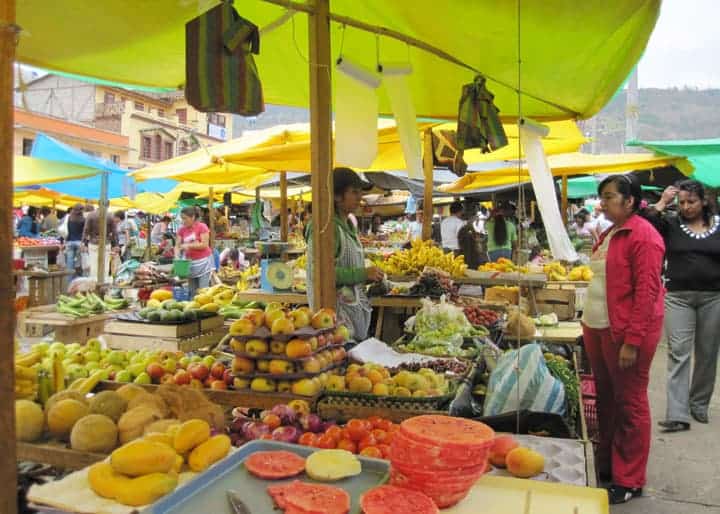
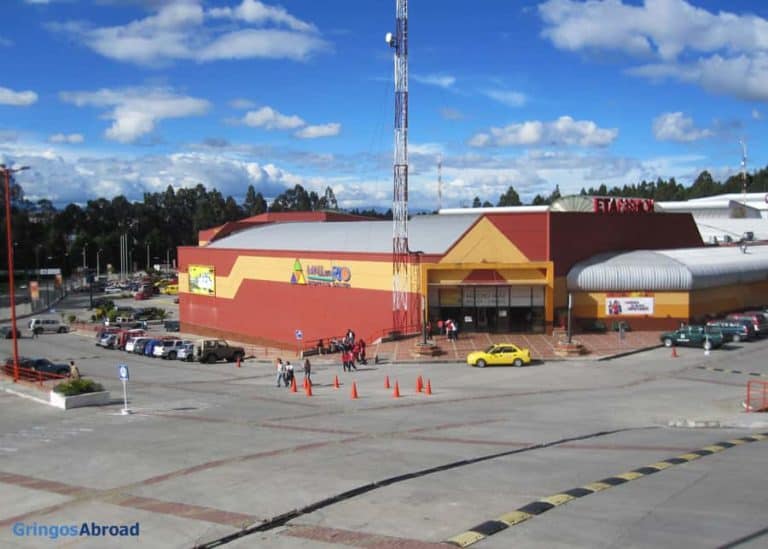
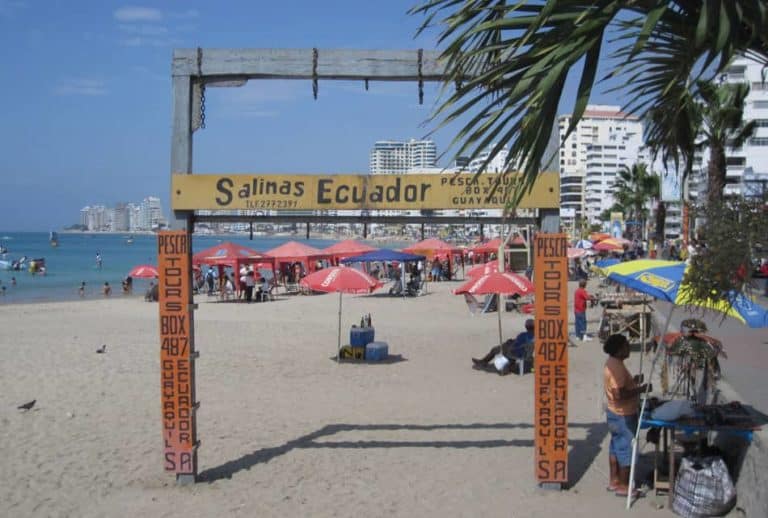
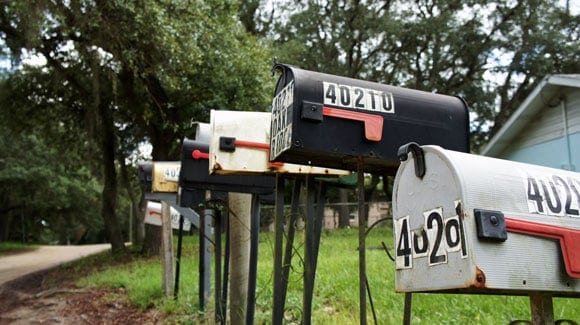
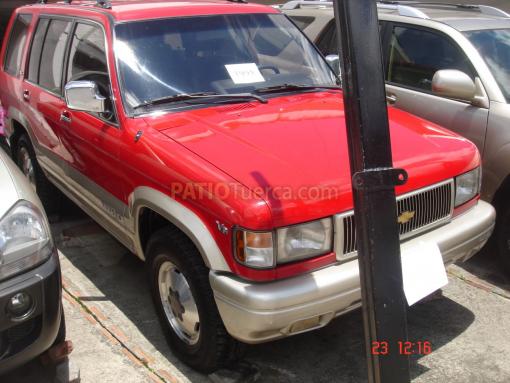

Great article! It has been a steep learning curve for us here on the coast also. We own Cabalgatas Canoa (www.cabalgatascanoa.com) in Manabi, and it is a constant struggle to ensure that our 15 horses are fat and healthy. The difficults of vet access and decent feed is something we were not expecting, not to mention being able to buy quality equiptment. As British owners, we strive to maintain British standards and according to Trip Advisor and our clients five star ratings, we are succeeding!
Hi All,
I live in Cuenca and I’m about to continue my riding lessons on Peruvian paso finos at Tasco In vilcabamba. Any suggestions or recommendations are appreciated. I’m looking for a new large helmet and boots….
Thank you for your article. I live in cuenca and I’m looking for places to continue my lessons. I was on s pasó fino ride today and hope to continue with this gaited breed. Any suggestions would be appreciated.
Are any of the smaller breeds here..I see in the Andes where we live more sound physically and easier to maintain? My friend has had horses and mules. She would like to get a horse but wants a hearty breed..not a fancy horse?
How much is a horse in Ecuador?
Hello Jill…Can you suggest a source, or breeder of Peruvian Paso horses in Ecuador? We purchased a hacienda near Latacunga and would like to find a couple of Paso’s. Thanks.
Hi,
I live in Fort Bragg, California, and have two Paso Finos. Do you have Paso Finos where you live? I’m thinking of going to Ecuador for a vacation. Which are the best areas to find Paso Finos? Both wild herds and ranches that have Paso Finos. Thank you in advance for any help you can provide.
hi I live in fort bragg ca I love your info I have two paso finos do you have any paso finos there ?
I currently own a pleasure riding quarter horse and I’m considering moving to Cuenca at some point in the future. I realize bringing my horse probably isn’t practical but I would like some information on horse ownership near Cuenca or maybe getting some work at a stables? Horses are strictly a hobby for me and I’m nearing retirement and would like to keep them in my life in some way. At this point, I still would need employment in Cuenca or I’ll have to wait until I can officially retire. I’d recommendations on work and horse ownership in or arounc Cuenca would be appreciated.
Thanks,
I was happy to read your article. We are planning to visit Ecuador soon on a research trip. I have had horses my entire life. I have shown in hunters jumpers with world class trainers.
I have evented and shown in dressage. I spent a winter and spring foaling expensive mares in Lexington Kentucky. I have worked with therapeutic riding programs. Im wondering if i could find some work there. Im also wondering about areas that arent to remote. We like to eat out. Is the weather to hot near the beach? Thanks for your article, Jill
Hello Jill! The beach area is very hot. I prefer the mountains. Maybe you are interested in visiting me in Otavalo! Maybe you even want to work with me for a couple of weeks. This is not a paid position but I would love to get experienced help in my equine therapy program. check out http://www.HorseGuidedEmpowerment.com We are in the process of creating a 501(c)3 and with every penny that comes in we can pay sessions for local children. Get involved!!
Thanks for sharing this Christina. Here in the south of Ecuador we’ve seen wild horses a few times. On the roads off of the highways to Machala (both above and below the highway) there are herds of wild horses. Really great to see.
Thanks again,
Bryan